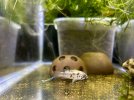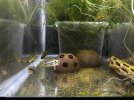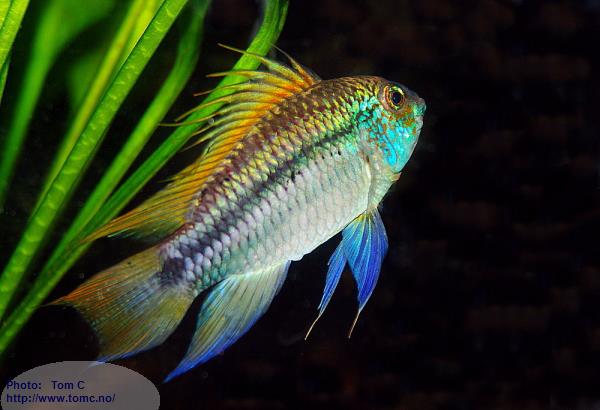- Messages
- 17
Hello,
I recently received a pair of WC cacatuoides. The female lacks dark pigmentation. You can faintly see the characteristic of a cacatuoides.
Looks pretty unique and interesting. Kind of reminds me of a piebald animal.
Not sure if this lack of pigmentation is of any concern.
I recently received a pair of WC cacatuoides. The female lacks dark pigmentation. You can faintly see the characteristic of a cacatuoides.
Looks pretty unique and interesting. Kind of reminds me of a piebald animal.
Not sure if this lack of pigmentation is of any concern.








